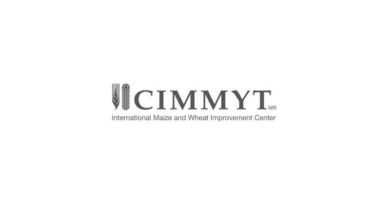6 Key Steps to an Effective Fungicide Application
21 July 2022, CA: As you prepare to apply fungicide to protect crops and optimize yield, it’s important to ensure your application process is as effective as possible. Here are six tips from the experts at FBN® to help you maximize your next fungicide application:
1. Be Specific in Fungicide Selection
When selecting a fungicide for your needs, choose an active ingredient that gives the best performance rating for the disease you are trying to control.
For example, Group 3 fungicides, such as Propicon 3.6EC, are considered to be a curative fungicide. Alternatively, applications with a Group 11 Fungicide, such as Azoxystrobin 2.08, can help create a protective barrier before plant diseases are present.
2. Plan Crop Timing Carefully
Timing is critical for fungicide applications. Apply too early and the crop misses the benefits of disease resistance; apply too late and it can be difficult to control diseases that are already present.
Research from the University of Kentucky revealed the ideal fungicide application timing for optimal corn yield response is between tasseling and silking (VT – R1)¹. Soybeans receive the most benefit around the R3 stage during pod formation².
3. Be Strategic with Application Timing
For optimal fungicide absorption, time foliar fungicide application with cooler temperatures and the presence of dew on leaves². For example, an early morning application is preferable compared to the mid afternoon because leaves grow increasingly dry over the course of the day as temperatures rise.
4. Reduce Phytotoxicity with Selective Tank Mixing
Fungicides aren’t always great tank mixing partners. Incompatibility, or the physical prevention of pesticides from mixing together in a spray solution, can lead to reduced effectiveness or even phytotoxicity. This is typically caused by the combination of pesticides used, water impurities or water temperature.
To avoid this risk, follow the label for watchouts on what should and shouldn’t be mixed with the particular fungicide you are planning to apply.
5. Increase Water Volume
Fungicides need to get full coverage of the plant they’re being applied to, especially on corn. To ensure maximum coverage, opt for a higher rate of water such as 15-20 gallons of water per acre. Always read and follow label instructions before making an application.
Also remember that using quality water when spraying is key to maximizing your chemical and improving results on the ground.
6. Boost Effectiveness with Crop Nutrition Products and Adjuvants
To strengthen crops, improve spreading and increase plant uptake. Crop nutrition products and adjuvants can be great additions to your crop protection plan.
Use Atarrus™ to maximize plant health and energy as crops transition from a vegetative to reproductive stage. By enhancing photosynthesis, nitrogen assimilation and root growth, Atarrus can protect against late season stress and to help maximize yield.
Consider adding IN-Zorb™ ADV, a plant safe, aquatic safe, nonionic surfactant designed to enhance coverage and plant absorption. By reducing the surface tension of droplets, In-Zorb ADV enables more uniform spreading during sprays. (This surfactant does not include APE or NPE, both of which have been associated with Arrested Ear Syndrome).
Also Read: World Food Prize Foundation Announces New Director of Communications















